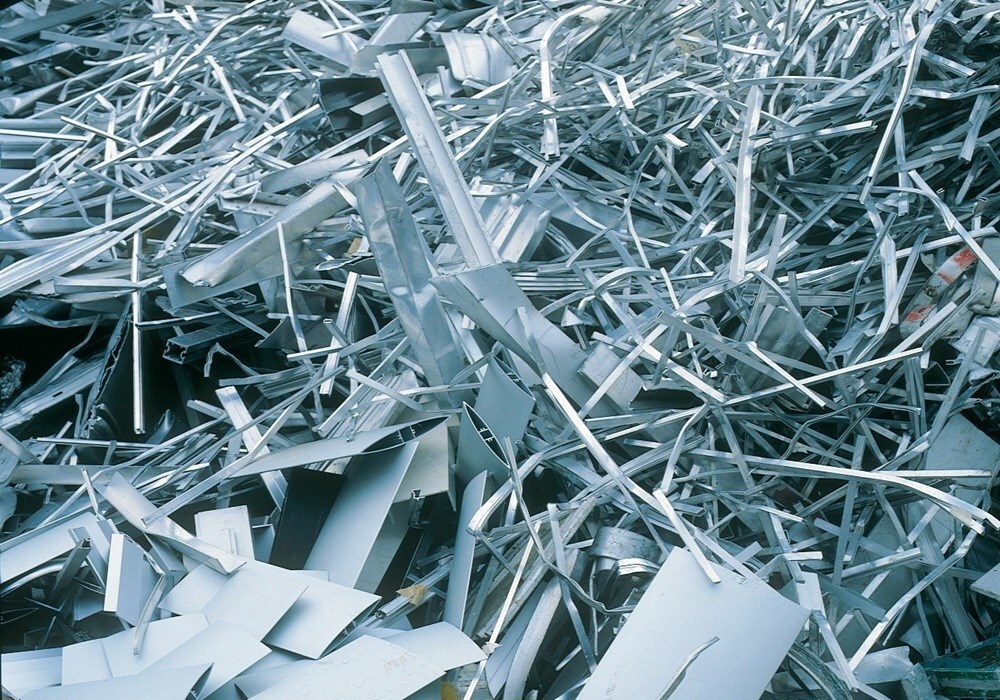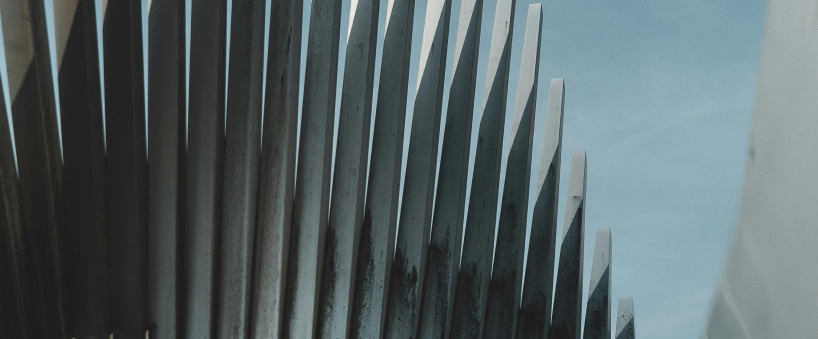

Futures: The most-traded cast aluminium alloy 2601 contract opened at RMB 21,350 per tonne overnight, continued to hold up well, touched a high of RMB 21,375 per tonne, a low of RMB 21,280 per tonne, and finally closed at RMB 21,370 per tonne, up RMB 30 per tonne or 0.14per cent from the previous close. Trading volume was 2,465, and open interest was 14,988. The current price is approaching the previous high area, and it is necessary to monitor whether it can break through the resistance near RMB 21,400 per tonne. Overall, the current contract is in a bullish trend, but short-term fluctuations have converged somewhat; changes in open interest and the breakthrough of resistance levels need to be watched.

Basis daily: According to SMM data, on November 13, the SMM ADC12 spot price theoretically traded at a premium of RMB 390 per tonne to the closing price of the most-traded cast aluminium alloy contract (AD2601) at 10:15.
Warrant daily: SHFE data showed that on November 13, the total registered volume of cast aluminium alloy warrants was 57,799 tonnes, an increase of 299 tonnes from the previous trading day. The total registered volume in Shanghai was 4,757 tonne, unchanged from the previous trading day; the total registered volume in Guangdong was 18,002 tonne, unchanged from the previous trading day; the total registered volume in Jiangsu was 10,847 tonne, an increase of 299 tonne from the previous trading day; the total registered volume in Zhejiang was 19,179 tonne, unchanged from the previous trading day; the total registered volume in Chongqing was 5,014 tonne, unchanged from the previous trading day; the total registered volume in Sichuan was 0 tonne, unchanged from the previous trading day.
Aluminium scrap: On Thursday, spot primary aluminium prices rose from the previous trading day, with the SMM A00 spot price closing at RMB 21,920 per tonne. Aluminium scrap market prices followed the rise in aluminium prices. Baled UBC was mainly offered at RMB 16,550-17,050 per tonne (ex-tax), and shredded aluminium tensile scrap (priced based on aluminium content) was mainly offered at RMB 17,650-18,550 per tonne (ex-tax). Aluminium scrap prices in Foshan, Henan, Guizhou, Jiangxi, and other regions followed primary aluminium up by RMB 100-200 per tonne, while prices in Shanghai, Zhejiang, Jiangsu, Tianjin, and other regions mainly increased by RMB 200-250 per tonne. Regarding the price difference between A00 aluminium and aluminium scrap, the price difference between A00 aluminium and mechanical casting aluminium scrap in Shanghai widened by RMB 250 yuan w-o-w to RMB 3,182 per tonne, and the price difference between A00 aluminium and mixed aluminium extrusion scrap free of paint in Foshan widened by RMB 122 yuan w-o-w to RMB 2,571 per tonne. The aluminium scrap market is expected to maintain its strength this week, and the complex tug-of-war between sellers and buyers in the aluminium scrap market will continue.
Silicon metal: (1) Price: Yesterday, SMM oxygen-blown #553 silicon in east China was at RMB 9,400-9,600 per tonne, flat from the previous day; #441 silicon was at RMB 9,600-9,800 per tonne, flat from the previous day. The futures SI2601 contract closed at RMB 9,145 per tonne yesterday, down RMB 50 per tonne from the previous day. Recently, transactions were relatively active in regions like Xinjiang and Tianjin. In Xinjiang, silicon enterprises mainly signed orders based on point price, while in Tianjin, traders mainly sold based on the spot-futures price spread. Silicon metal prices fluctuated rangebound with limited change. Recent views suggest range-bound fluctuations will dominate. Demand side, frequent "anti-involution" disruptions in polysilicon and silicone sectors require continued monitoring of downstream operating rates and market sentiment feedback. (2) Social inventory: SMM statistics show that on November 13, the total social inventory of silicon metal in major regions was 546,000 tonnes, down 6,000 tonnes w-o-w. This included 127,000 tonnes in general social warehouses, flat w-o-w, and 419,000 tonnes in social delivery warehouses (including portions not registered as warrants and spot inventory), down 6,000 tonnes w-o-w. (Excluding Inner Mongolia, Ningxia, Gansu, etc.). (Excluding Inner Mongolia, Ningxia, Gansu, etc.)
Overseas market: Current overseas ADC12 quotation range is USD 2,600–2,620per tonne. As domestic spot prices rose rapidly to RMB 20,800–21,000 per tonne, coupled with a stronger RMB exchange rate, immediate import losses narrowed to near the break-even line. Local ADC12 ex-tax quotations in Thailand are at 84–85 baht per kg.
Inventory: According to SMM statistics, on November 13, the social inventory of secondary aluminium alloy ingots in mainstream domestic consumption areas was 55,700 tonnes, slightly down 100 tonnes from last Thursday.
Summary: aluminium prices hit a new high for the year on Thursday. Aluminium scrap prices actively followed the rise in aluminium prices, pushing up ADC12 costs again. Currently, aluminium scrap accounts for over 90per cent of the cost, deepening industry losses. Overall, downstream demand was stable with an increase, but the rapid surge in aluminium prices to RMB 22,000 per tonne suppressed purchase willingness. Die-casting enterprises with high inventory focused on digesting inventories, slowing their procurement pace; low-inventory enterprises maintained rigid restocking, supporting bottom demand. Overall, ADC12 prices are expected to hold up well in the short term. Cost support remains relatively solid, and the tight supply of aluminium scrap is unlikely to ease soon, making raw material prices more likely to rise than fall. Demand side shows some resilience, coupled with low industry inventory, just-in-time procurement will form a price floor. However, current aluminium prices are at yearly highs, and downstream acceptance has declined, which may limit further upside room.
Note: This article has been issued by SMM and has been published by AL Circle with its original information without any modifications or edits to the core subject/data.
Responses








